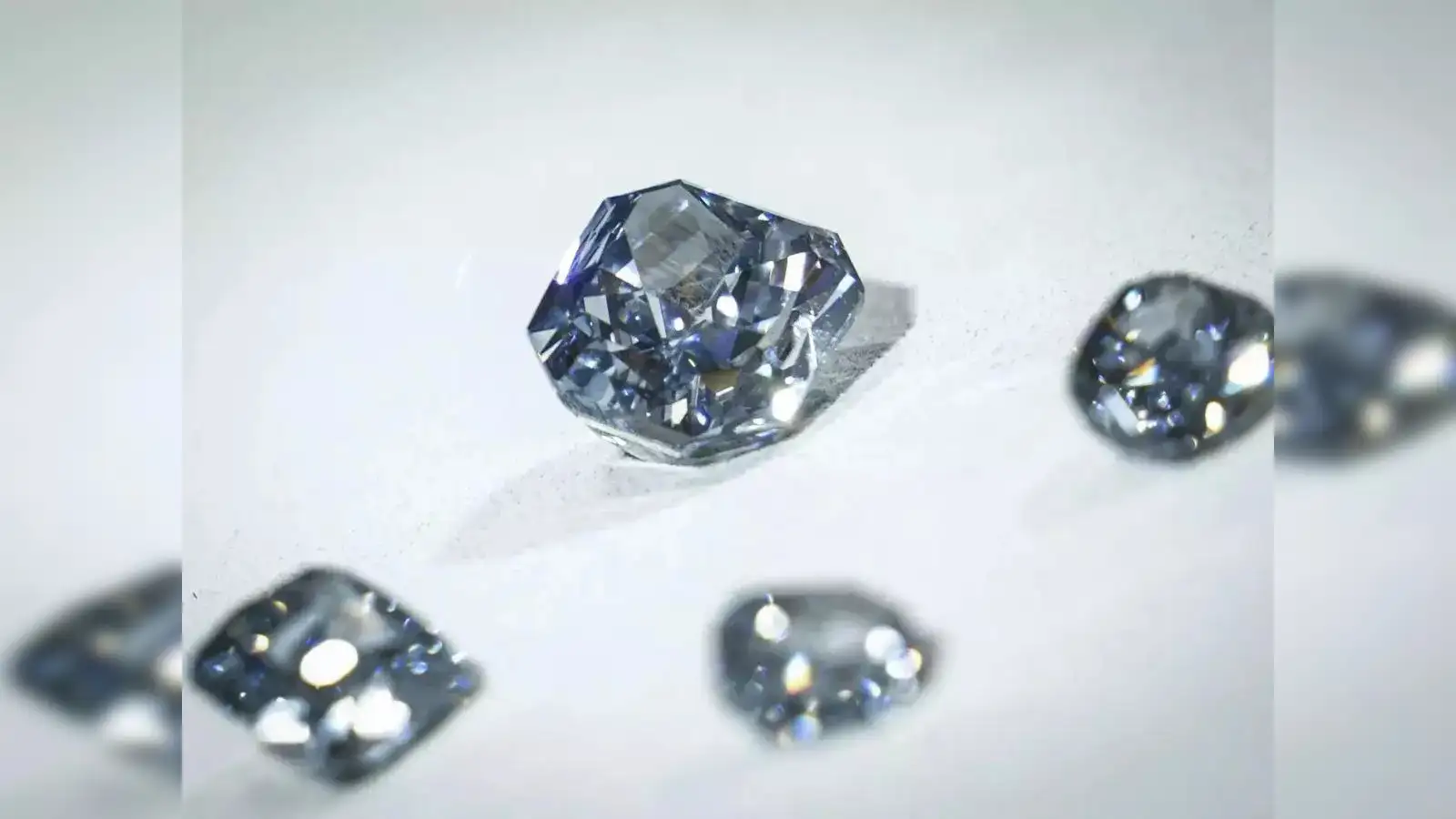Introduction to Lab-Grown Diamonds
When you think of diamonds, the image of a sparkling gem often comes to mind, but the journey to that brilliance is evolving. Today, lab-grown diamonds are not just an alternative; they’re making waves in the jewelry market. Let’s dive into what makes these gems so special and why they’re worth your attention.
What Are Lab-Grown Diamonds?
Lab-grown diamonds are real diamonds, created in controlled environments using advanced technology. Unlike their mined counterparts, these diamonds are produced from carbon and share the same physical insider story of lab grown diamonds better, chemical, and optical properties. Essentially, they are diamonds created by humans rather than extracted from the earth.
The Science Behind Lab-Grown Diamonds
The process begins with either High Pressure High Temperature (HPHT) or Chemical Vapor Deposition (CVD). Both methods mimic the natural processes that form diamonds over millions of years, but they achieve this in a fraction of the time—often just a few weeks!
Historical Context
The concept of creating diamonds in a lab isn’t new. Scientists have been experimenting since the 1950s, but it’s only in recent years that advancements have made lab-grown diamonds a viable and appealing choice for consumers.
The Evolution of Diamond Production
From natural mining practices to innovative lab techniques, the diamond industry is transforming. The shift reflects not only technological advancements but also changing consumer values.
The Benefits of Lab-Grown Diamonds
So, what’s the big deal about lab-grown diamonds? Let’s explore some of their key benefits.
Ethical Considerations
One of the most significant advantages of lab-grown diamonds is their ethical production. Many consumers are now prioritizing conflict-free sourcing when choosing jewelry. Lab-grown diamonds provide that peace of mind.
Conflict-Free Assurance
Unlike mined diamonds, which can sometimes be associated with human rights violations and environmental degradation, lab-grown diamonds are made in a controlled environment, ensuring that no unethical practices are involved.
Environmental Impact
Another point of concern is the environmental footprint of diamond mining. Lab-grown diamonds are produced with significantly less environmental disruption, making them a more sustainable choice.
Sustainable Production Methods
With technologies improving, the energy and resources required to produce lab-grown diamonds are becoming more efficient. This means a reduced carbon footprint compared to traditional mining.
Cost-Effectiveness
If you’re looking for value, lab-grown diamonds typically come with a lower price tag. This affordability allows consumers to purchase larger or higher-quality stones for the same budget.
How Prices Compare
On average, lab-grown diamonds can be 20-40% less expensive than mined diamonds. This makes them an attractive option for anyone looking to save without sacrificing quality.
The Quality of Lab-Grown Diamonds
When it comes to quality, lab-grown diamonds hold their own against mined ones. But how do they compare on paper?
Grading and Certification
Like mined diamonds, lab-grown diamonds are graded by the same standards: the 4 Cs—cut, color, clarity, and carat weight. They can even be certified by reputable organizations, ensuring you’re getting a quality gem.
Comparing with Mined Diamonds
In many cases, lab-grown diamonds can offer superior clarity and fewer inclusions compared to their mined counterparts, making them an excellent choice for discerning buyers.
Common Myths About Lab-Grown Diamonds
Despite their growing popularity, misconceptions about lab-grown diamonds persist. Let’s clear the air.
Misconceptions Debunked
Some people think lab-grown diamonds are “fake” or less valuable. However, the reality is they are just as real and valuable as mined diamonds. The distinction lies in their origin, not their quality.
Value and Resale Concerns
Another common myth is that lab-grown diamonds have no resale value. While they may not hold their value like some mined diamonds, the market is evolving, and many consumers appreciate their qualities for personal use rather than investment.
The Market for Lab-Grown Diamonds
With more people seeking sustainable and ethical options, lab diamonds are gaining traction. But who is buying them?
Consumer Trends
Millennials and Gen Z are leading the charge, favoring lab-grown diamonds for their ethical implications and affordability. They want products that align with their values.
Popularity Among Millennials
This demographic often prioritizes experiences over possessions, and lab-grown diamonds are seen as a more meaningful purchase—one that doesn’t contribute to environmental harm or social issues.
Conclusion
In a world where ethical consumption is becoming increasingly important, lab-grown diamonds present a compelling choice. They offer the beauty and brilliance of natural diamonds without the associated ethical dilemmas. So, whether you’re popping the question, celebrating a milestone, or simply treating yourself, consider the radiant potential of lab-grown diamonds. With their benefits and rising popularity, they may just be the future of sparkling gems.

